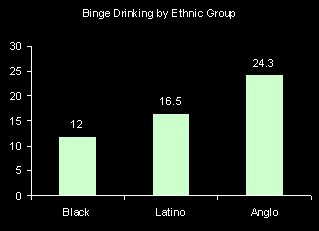From 1950 to 1999 the infant mortality rate declined from 23 to 7.1 deaths per 1,000 live births. Much of this decline was realized between 1950 and 1985, but there continued to be a modest decline throughout the 1990s. Unfortunately, since 2000 the infant mortality rate in the United States has been stable, while it has continued to improve elsewhere. Thus the United State’s dropped from 23rd in 2000 to 29th in 2007. Now the United States is tied with Poland and Slovakia and ranks just above Puerto Rico.
Wednesday, November 19, 2008
Thursday, October 23, 2008
Infant Mortality -- Strangely High in the USA
A recent report from the National Center for Health Statistics reports that the infant mortality rate in the United States is 6.9 infant deaths per 1,000 births. This is surprisingly high given the level of economic development in the United States in 2004. Indeed, "the United States’ international ranking fell from 12th in 1960 to 23d in 1990, and to 29th in 2004."
The United States is 29th? That seems low, doesn't it?

The United States is 29th? That seems low, doesn't it?
Wednesday, July 2, 2008
Who Binge Drinks?
Binge drinking is often defined as having 5 or more drinks in a day. According to the National Center for Health statistics the proportion of people who binge drank at least once in the last year was 20.7%. Men are more than two times more likely to have binged and young adults are more likely than older folks. There are also fairly large race-ethnic differences. Anglos (i.e. Non-Hispanic whites) are twice as likely as African Americans to have binge drank in the last year.
Monday, June 30, 2008
How much of income is spent on housing?
Common wisdom says that one should spend no more than 30 percent of the family income on housing. The American Community Survey provides information on housing costs as a percentage of income by age. It's clear from these numbers, presented in a graph below, that in 2006 many people were spending over 35% of their income on housing, particularly those in young adulthood and households headed by a retiree.

Friday, June 27, 2008
Increasing health care costs
Over the past 10 years the percentage of people who did not seek medical care because of costs has been rising, according to a recently released report by the CDC. This increase can not be explained because of aging, because the graph below is "age adjusted" and still shows this trend. There are a couple of other possible explanations, however. It might be that the percentage of people without insurance is increasing. Although this graph from the report suggests that the percentage of people without health insurance has been roughly flat over this period, the proportion insured among those age 18-64 has been declining (while the proportion of children insured has been increasing). Another possible explanation could be that health care costs have risen, or that other cost (like food and gas?) are on the rise, squeezing the family budget.
It also could be that we are just clumsier today than we were 10 years ago.
It also could be that we are just clumsier today than we were 10 years ago.
Subscribe to:
Comments (Atom)


